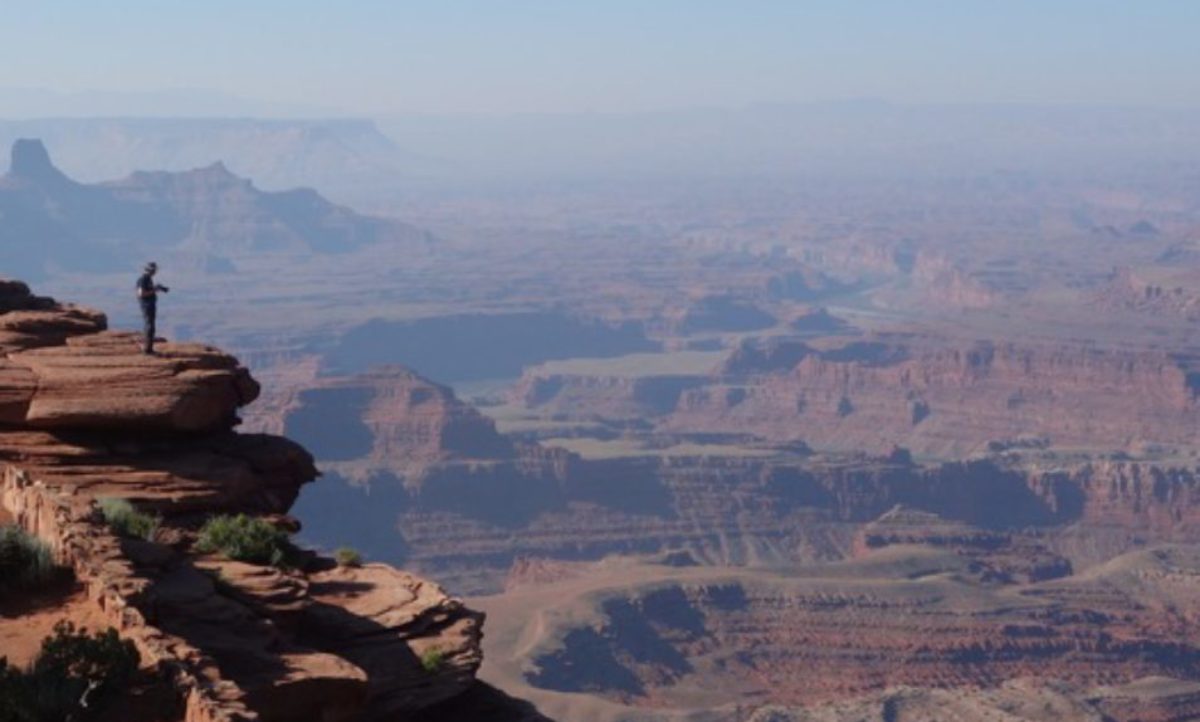
The OAT people have a program called A Day in the Life, where travelers are exposed to the lifestyles of people who live in the country visited. Today we are heading up to the Apennines to experience life as mountain village people have experienced them for centuries.
Our van and driver took us back to the area near Spoleto, then up into narrow curvy mountain roads where we met two guys and some 4 x 4 vehicles. We continued up the mountains and stopped at a compound of houses and outbuildings.
We are invited in to the home of Mack and Francesca and learn their story. Mack, a New Zealander, met Francesca on his trek through Italy after university. Fortunately, he’d been in Italy for while and knew the language. They married and settled here in the village of Pettino, where her family has occupied the land for several hundred years. The young family, with their two children Polly and Dante, follow the traditional lifestyle: they tend their sheep, make pecorino cheese, fresh pasta, gather truffles and mushrooms from the land, and hunt. They live in a compound with Francesca’s family where they all work together. Over the years they have built up a tourism business where visitors come to hunt, see the community and stay at their lodge. They also have a game hunting tour.
We went truffle hunting with Mack and Francesca’s cousin Luca..and, of course, the dogs. Pigs are not used because pigs eat the truffles; the dogs are trained to trade the truffles for doggie treats, which Luca keeps in his pocket. We had a lovely stroll through pristine countryside while Mack, Luca and the dogs did all the work.
Once the dogs did their work, we piled into the vehicles once again, for a hair-raising off-road ride to the top of the mountain, where we found sheep, sheep dogs, a sheep herder, and more beautiful unspoiled country. It was time to taste our newly foraged truffles. How? With scrambled eggs, Francesca’s pecorino cheese, olive oil and grated truffles on top. To toast the event, we were given proseco, of course. Is this a kickass adventure, or what?!
After taking in the views and enjoying our breakfasts, we careened down the hills once more, back to the compound for our cooking lesson – pasta -making, in a special two room building where Francesca’s cheese is also being aged. Francesca was our teacher this time.
While we were learning, we sipped on some of the red wine offered to us. The dog even participated in the lesson!
I wandered the property to take some pictures of the other animals. I’d heard about Martina the family pig but hadn’t yet met her.
Lunch time! We adjourned to cousin Fabiola’s house for a lovely salad, pasta and tiramisu lunch, with wine, of course. It was fresh from the farm and delicious.
We finished our meal and had to say goodbye. It was a very exhilarating day, filled with new experiences and memories. Before we left I asked our guide Alice to have her picture taken with one of the men from the village. Why? I think they bear a striking resemblance to George Clooney and Julia Roberts – do you agree?
if you’re interested in learning more about this adventure, see their website: wildfoodsitaly.com
We drive back to Trevi, where we found rain and cooler temps. People were leaving the palio but were lingering at the pizza parlor at the bottom of the hill. We weren’t hungry after a day full of eating so, after a last walk around the village, we prepared our packing. We were about to drive to Rome and spend our last day in Italy!

It may be the last day of our trip but it’s not the last day of our adventures. Stay tuned!












































































































































































































 We left our beautiful hotel, the Villa Sabolini, regretfully. There are, however, compensations.
We left our beautiful hotel, the Villa Sabolini, regretfully. There are, however, compensations.
























































